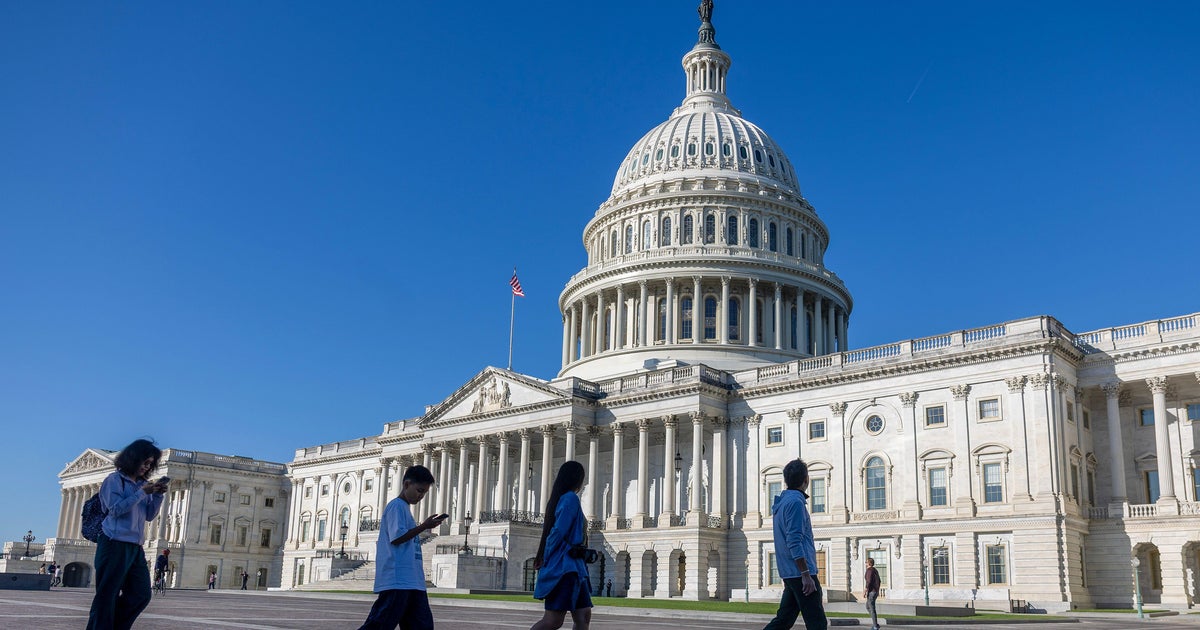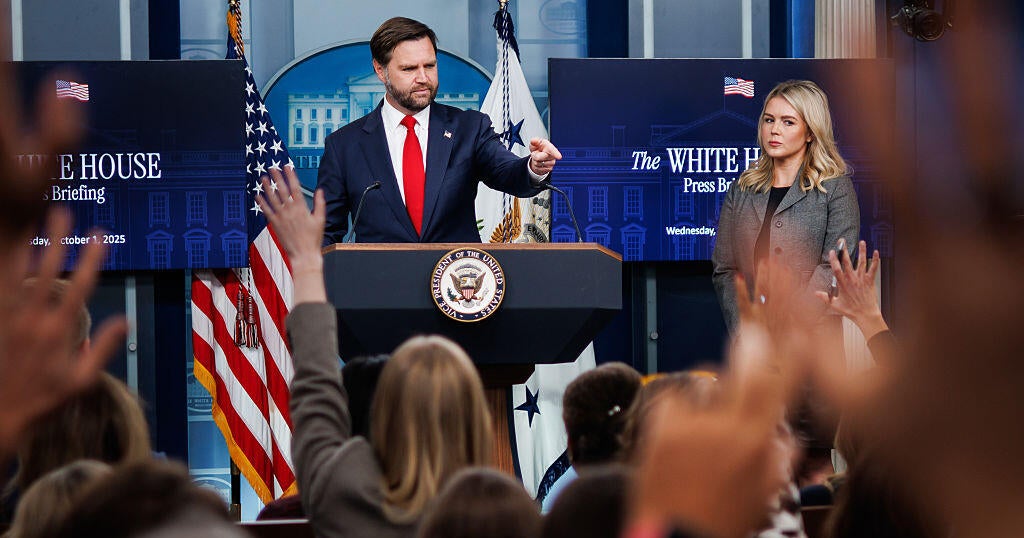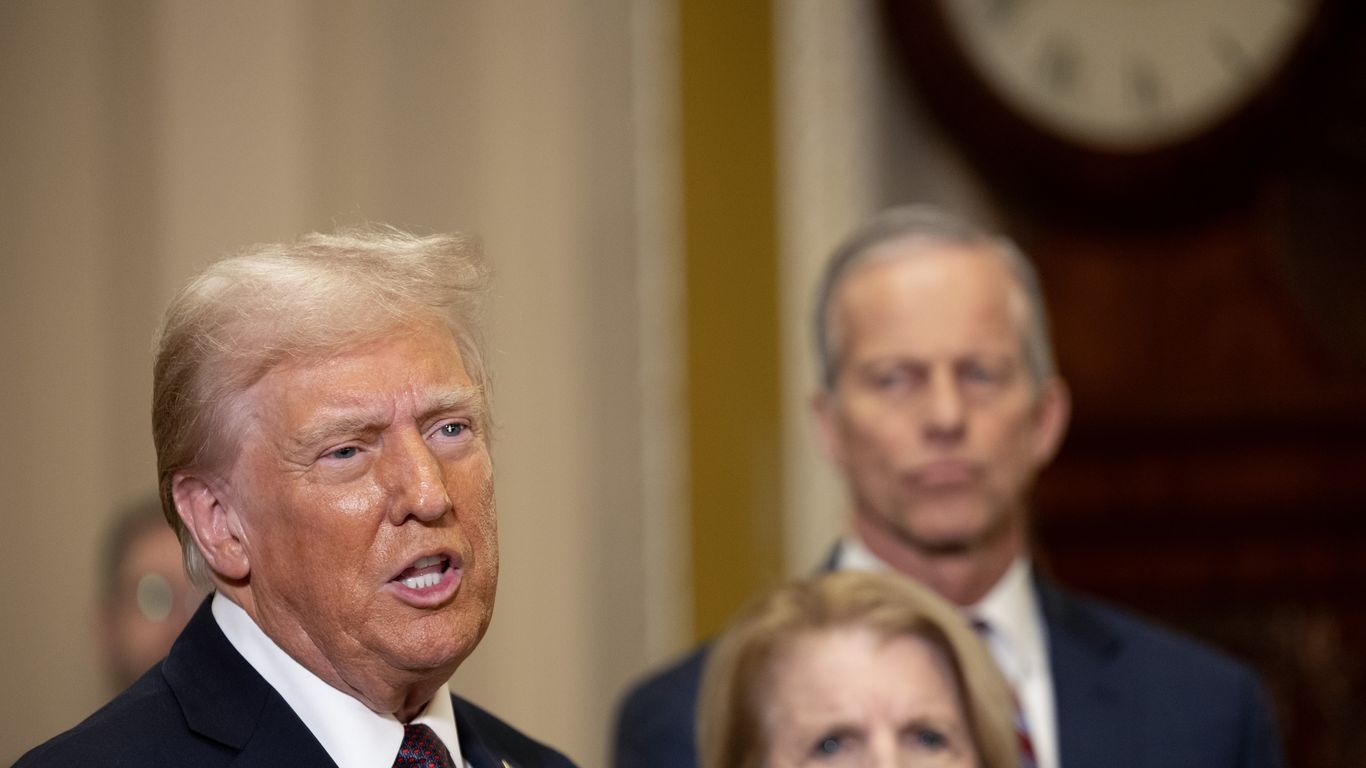U.S. Debt Surpasses $38 Trillion Amid Government Shutdown

U.S. Debt Surpasses $38 Trillion as Shutdown Adds Pressure
The United States has reached a sobering financial milestone, with the national debt officially topping $38 trillion for the first time in October 2025—an increase of $4 trillion since January 2024[1]. This record-high figure arrives amid a federal government shutdown, compounding concerns about fiscal stability and the nation’s economic trajectory. The debt is now growing at a staggering pace, climbing nearly $70,000 every second, a rate unmatched outside periods of emergency pandemic spending[1]. Experts warn that this rapid escalation could erode confidence in the economy, drive inflation higher, and make everyday goods more expensive for American families[1].
Risks and Responses to Mounting Debt
Rising debt levels threaten to increase borrowing costs, reduce business investment, and limit wage growth for workers, according to the Government Accountability Office[1]. While the current administration emphasizes deficit reduction through spending cuts and increased revenues—claiming a $350 billion improvement over last year—the cumulative deficit for the most recent fiscal period still reached $468 billion, the lowest since 2019[1]. Despite these efforts, the sheer scale of the debt underscores the urgent need for sustainable fiscal policies to safeguard the nation’s economic future and global competitiveness.
About the Organizations Mentioned
Government Accountability Office
The Government Accountability Office (GAO) is a cornerstone of transparency and accountability in the U.S. federal government. Established in 1921 as the General Accounting Office by the Budget and Accounting Act, it was renamed the Government Accountability Office in 2004 to better reflect its expanded mission. As an independent, nonpartisan agency within the legislative branch, the GAO serves as the “congressional watchdog,” providing Congress with objective, reliable information to inform policy decisions and ensure taxpayer dollars are spent efficiently and effectively. The GAO’s primary functions include auditing federal agencies, evaluating government programs, investigating allegations of waste, fraud, and abuse, and issuing legal opinions. Its work helps Congress assess whether government initiatives are meeting their objectives and delivering value to the public. The agency is led by the Comptroller General of the United States, currently Gene Dodaro, who has held the position since 2008. The Comptroller General is appointed by the president with Senate confirmation, following recommendations from a bipartisan commission. Over the years, the GAO has played a pivotal role in driving government reform, identifying cost-saving opportunities, and improving federal operations. Notable achievements include its influential reports on federal IT modernization, cybersecurity, and agency performance, such as its widely cited FITARA scorecard, which grades federal agencies on technology management and efficiency. The GAO’s findings often lead to legislative changes and executive actions, making it a powerful force for accountability. For business and technology professionals, the GAO’s audits and recommendations offer valuable insights into government spending trends, regulatory challenges, and opportunities for innovation. Its reports are essential reading for anyone interested in public sector accountability, federal contracting, or the intersection of technology and government.









